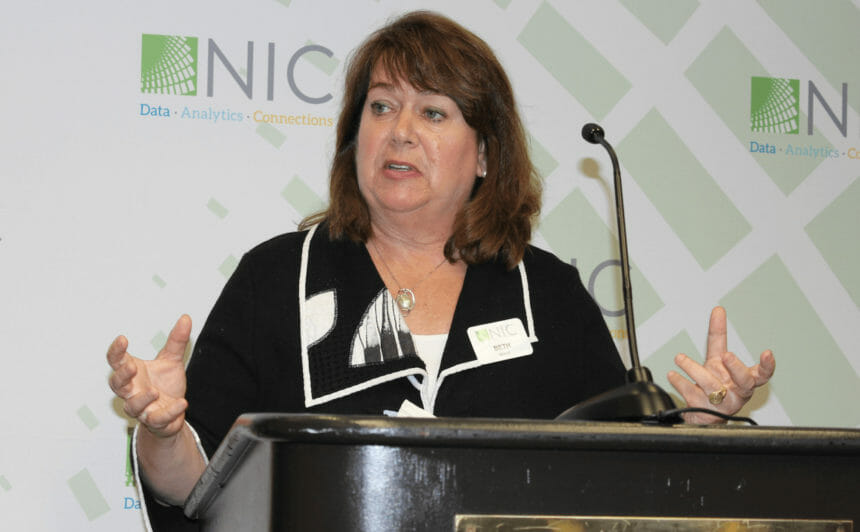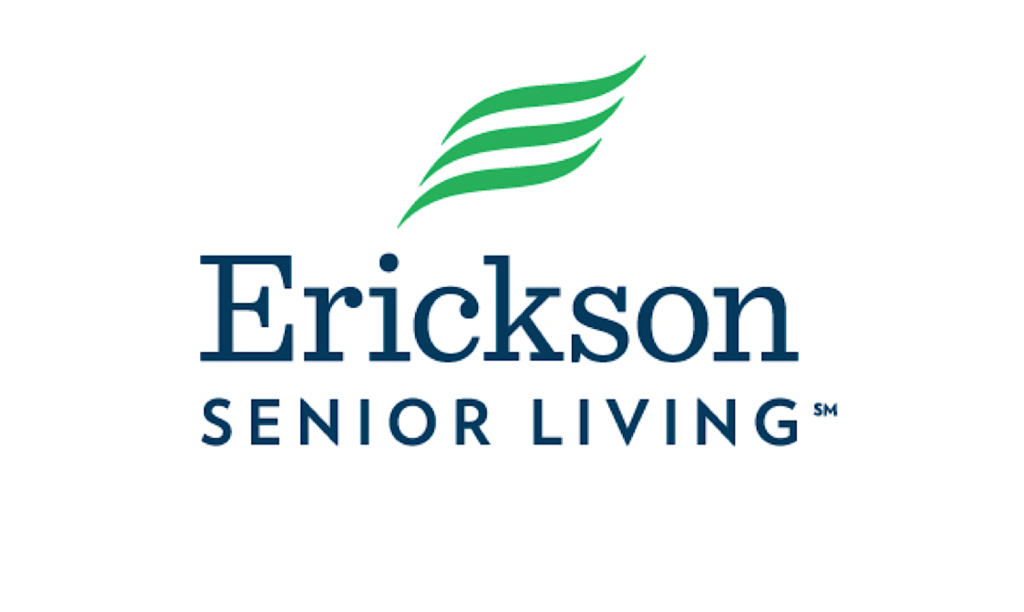
CHICAGO—Creating tax incentives, separating services from housing, repurposing existing facilities such as malls, partnering with health systems or other third parties, opening up residency to other groups, emphasizing wellness in programming.
Those were some of the ideas that five “hackathon” teams of industry experts came up with during a session at the National Investment Center for Seniors Housing & Care Fall Conference to help the industry serve middle-income older adults in the coming years.
Before the teams presented their ideas Wednesday afternoon to a standing-room only crowd of attendees, Bob Kramer, NIC founder and senior adviser, and Beth Burnham Mace, NIC chief economist, provided an overview of a NIC-funded study released earlier this year.
As McKnight’s Senior Living previously reported, the NIC-funded study, published in Health Affairs, forecast that 54% of the 14.4 million middle-income older adults in 2029 in the United States will lack the financial resources to pay for senior housing and care, and a combination of public and private efforts will be needed to address the looming crisis. Further number-crunching by NIC estimated that 2.3 million older Americans would be able to afford senior living if the annual cost were reduced by $10,000; knock an additional $5,000 off and 3.6 million more would be able to afford it.
Among the five teams at the NIC hackathon, a popular idea to reduce costs to make senior living more affordable for the middle class was limiting services, or separating housing from services and then having employees act as concierges to connect residents with the services they need. Dining, transportation and perhaps even activities and housekeeping, would be offered through third parties (although one group recommended stressing wellness — physical, nutritional and behavioral — in programming to keep down costs associated with “acuity creep”).
Groups suggested repurposing malls as senior housing and recruiting additional tenants, such as medical offices, restaurants and grocery stores, to serve resident needs. Or building in urban settings where real estate is inexpensive, perhaps enticing multiple generations and types of people — one team mentioned as examples disabled individuals, single mothers, younger older adults who still are working, and people with common interests such as art, a university or NASCAR — who could benefit from the decoupling of amenities and housing that wasn’t tied to “just age and physical needs.” Some of those residents even might be able to arrange to offset their housing costs through assisting older adults, one group recommended.
One team’s idea was a community where an adult day center provided the services for a community’s independent living residents. Another group suggested that senior living providers partner with local healthcare systems to operate medical clinics, offer wellness programming and provide care via telemedicine — and decide when independent living and assisted living residents needed to move to a higher level of care.
Other ideas mentioned included offering tax incentives or tax credits to entice private development and operator investment in technology that would make the middle market model more affordable. Such ideas, of course, would require government involvement.
The hackathon and related middle market discussions are a starting point for more conversation and action, according to NIC executives.
“This is a huge growth opportunity for our sector, but at the same time, it’s also imperative that we be part of the solution, not be seen as part of the problem,” Kramer said. NIC financed the middle market study to “shine a light” on the issue and is acting as a convener to help the industry arrive at solutions, he said.
No perfect solution exists, Mace said.
“Maybe we’ll never be able to address the needs for all the middle income, but we need to come up with a solution for at least some of those middle income individuals, because if we don’t, the result will be that people will draw down their assets and become eligible for Medicaid,” she said, noting that already there is not enough money in Medicaid for today’s recipients.
The session on the middle market was one of several kicking off the first day of the conference, for which NIC is expecting almost 3,300 attendees, according to NIC President and CEO Brian Jurutka.
Also Wednesday at the meeting:
- NIC’s Future Leaders Council is working on a definition of “active adult” community, NIC Chief of Research and Analytics Chuck Harry said at an afternoon press conference. “The reality was, there were some existing definitions from different sources that did not align, so we’re looking to solidify that with our Data and Analytics Committee to give clarity around an appropriate definition, as that space itself has evolved over time,” he said. The council is celebrating its 10th anniversary this year.
- PointClickCare has joined Yardi and MatrixCare in becoming certified as an NIC Actual Rates Initiative software partner, helping operators efficiently report their actual rates to NIC, Jurutka announced at the press conference. “There’s tremendous power in the data. …Having the opportunity to work more closely with NIC and make it easier for our customers to submit timely and accurate data is exciting, and we’re certainly proud to be a part of that,” PointClickCare Vice President and General Manager of Senior Living Travis Palmquist said. The company serves 10,000 senior living communities and 10,0000 skilled nursing facilities, he said.
- Dec. 2 is the deadline for article proposals to be submitted for consideration for the 2020 edition of the Seniors Housing & Care Journal, published in conjunction with the Mather LifeWays Institute on Aging, Harry said. Selected researchers will receive honoraria. “We’re looking in areas related to transparency, access, choice, leadership development and innovation in seniors housing and care,” he said. This year’s edition may be viewed at www.nic.org/shcj.
The conference ends Friday.



